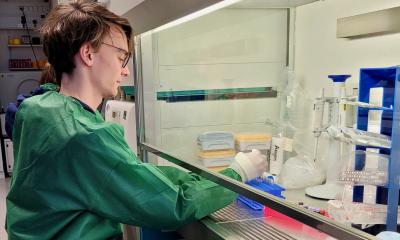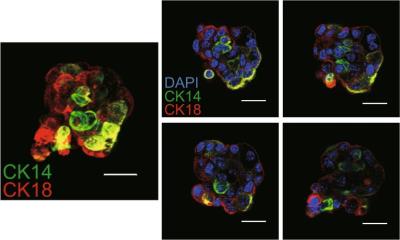Nanotechnology to accelerate bone growth
In recent years, stem cells have become a hot topic of investigation with studies suggesting revolutionary medical benefits due to their ability to be converted into selected types of newly generated cells. Scientists have now come up with a way to help accelerate bone growth through the use of nanotubes and stem cells. This could lead to quicker and better recovery, for example after orthopedic surgery.
During their research, the group of University of California (UC) San Diego bioengineers and material science experts used a nano-bio technology method of placing mesenchymal stem cells on top of very thin titanium oxide nanotubes in order to control the conversion paths, called differentiation, into osteoblasts or bone building cells. Mesenchymal stem cells, which are different from embryonic stem cells, can be extracted and directly supplied from a patient's own bone marrow.
"If you break your knee or leg from skiing, for example, an orthopedic surgeon will implant a titanium rod, and you will be on crutches for about three months," said Sungho Jin, a materials science professor at the Jacobs School of Engineering. "But what we anticipate through our research is that if the surgeon uses titanium oxide nanotubes with stem cells, the bone healing could be accelerated and a patient may be able to walk in one month instead of being on crunches for three months.”
According to this research, nanotubes with a larger diameter cause cells growing on their surface to elongate much more than those with a small diameter. The larger diameter nanotube promotes quicker and stronger bone growth. "The use of nano topography to induce preferred differentiation was reported in recent years by other groups, but such studies were done mostly on polymer surfaces, which are not desirable orthopedic implant materials," Jin said.
The next step for engineers will be to work with orthopedic surgeons and others to study ways to translate this research to clinical application, said Shu Chien, director of the university's new Institute of Engineering in Medicine (IEM)
Source: UC San Diego
20.02.2009





